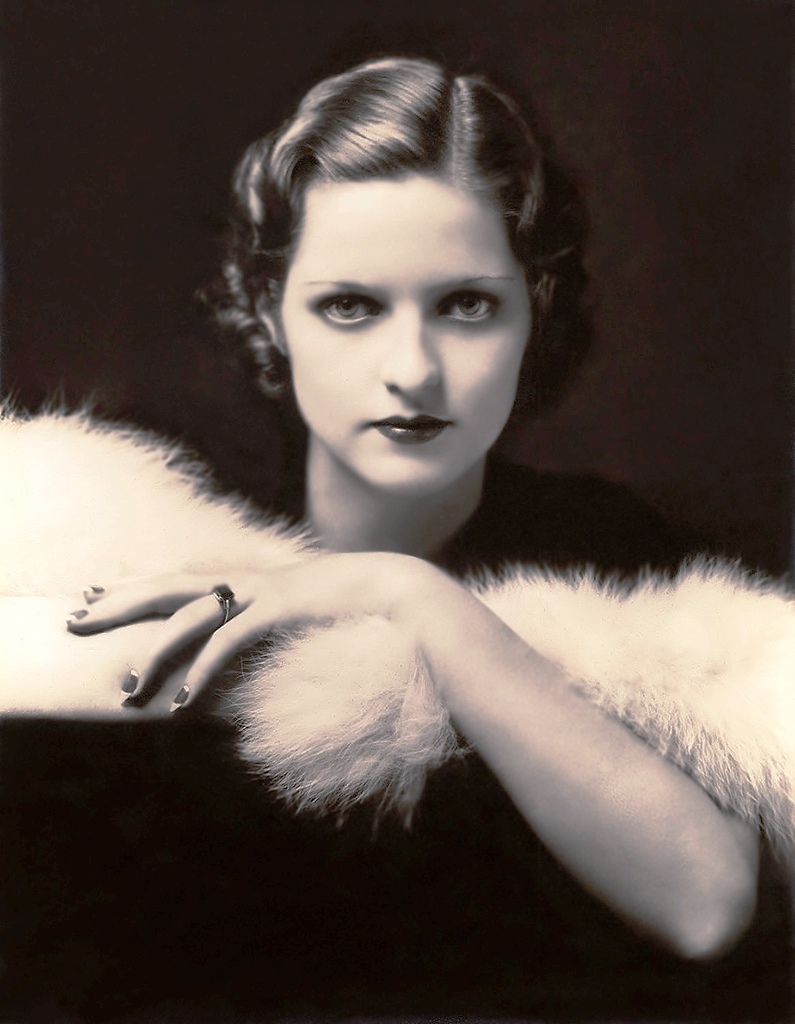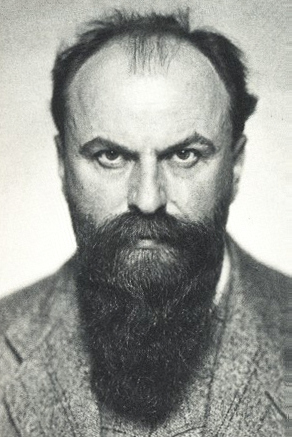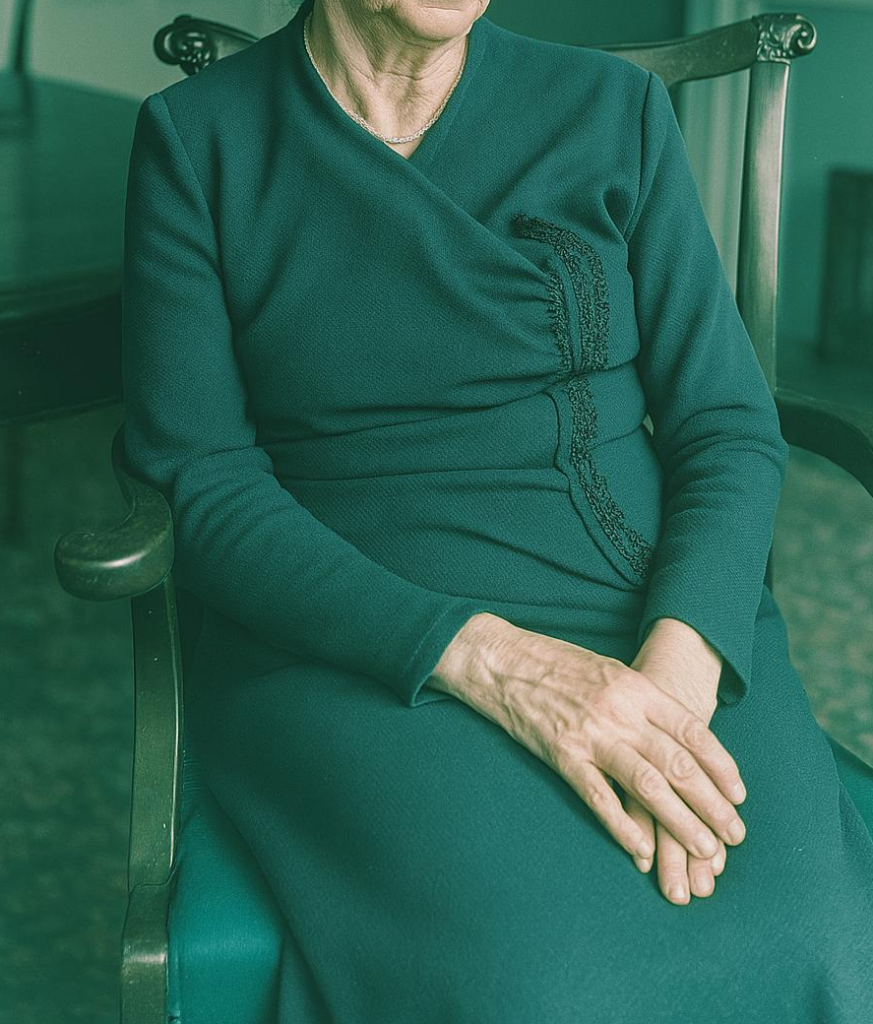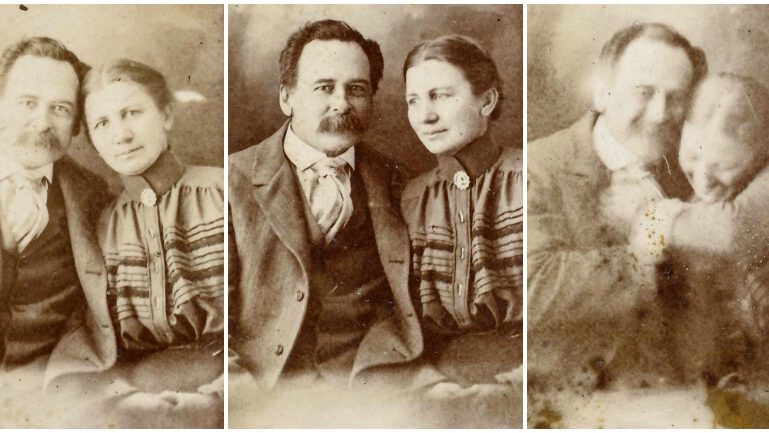You’re not just playing a part. ✨You’re stepping into a life.
You’ve read the script. Maybe someone handed you a PDF of facts. Maybe the biopic or historical role just landed in your inbox, and you’re thinking:
»How do I prepare to play a real person?«
»Where do I even begin? And how do I get this right—fast?«
»What if I miss something essential before we even start shooting?«
That’s where I come in. But I’m not here to lecture you.
I’m here to walk you into their world—quietly, carefully, and with documents that still smell like time.
You don’t have to fake your way through emotional prep anymore. This 1:1 deep dive gives you real, usable cues from the past—in just 2 weeks.
What This Is
A one-to-one historical deep dive to help you really get to know your character— before the cameras roll.
This is your first glimpse into my method. A way to get a feel for how I work—how I push open the door to a forgotten time or a forgotten person. You’ll get the first dips into source material, sensory detail, emotional context.
But it’s only the beginning. (You’ll need to go deeper later.) This file isn’t the whole story—but it’s a strong start. A human start.
Most historical prep still relies on facts, not feelings. But you’re already feeling the cost of that. Every hour you spend reading lifeless timelines or surface-level PDFs drains your confidence. What you need is emotional material you can actually use—not summaries, but sensory signals.
I don’t even need to see your script.
Just send me a few things.
What you already know: their name. The year. The place. Just one line from the script. A gut feeling. A photo.
It doesn’t have to be tidy… 👀
And yes, I’ll keep every info confidential. Then I begin. I dig. I piece things together. I build something that lets you feel your way in.
What You’ll Get
📄 A handselected 10–20 page file about your protagonist:
- Their biggest fear—and how it shaped their life
- A slow, detailed walkthrough of one ordinary day
- What their home looked and smelled like
- What they wore, and why that mattered
- What they’d never say out loud, because of the rules they lived with
- The invisible pressures—class, religion, gender, silence
🎥 A 30-60 minute video: I’ll show you the first original sources—tiny, strange, unforgettable things you wouldn’t have found alone. Photos, artefacts, handwriting. Starting points.
Imagine being on set three weeks from now. Which would you rather walk in with:
1. A layered understanding of your character’s fear, silence, and world. Only one of these lets you work from memory—not figments of your imagination.
2. A few notes from Wikipedia and a guess.

What It Helps You Do
✅ Drop into the role with confidence
✅ Stop faking your way through emotional beats
✅ Build a character from truth, not just research
Because when you know them, you stop performing. You start becoming.
This Is For You If:
✅ You’re playing a real person—or someone who could’ve been
💫 You want emotional depth, not just historical facts
🎓 You’re early in your career but serious about the craft
🧩 You like having clear guidance, but room to explore
📹 You’re curious about using personal cues to shape performance
This Is Not For You If:
🚫 You want a neat little timeline and move on
🧱 You’re not open to the strange, raw, emotional stuff
⚡ You’re looking for quick surface-level tips
⏳ You can’t commit to prep between projects
💤 You don’t have time to care


Created For You, By Someone Who Knows
I’m Dr. Barbara. I work 1:1 with actors like you—especially those taking on big roles in fragile, complicated historical eras.
I’ve spent years inside archives across Europe, looking for the emotional truth behind the historical noise.
I don’t do general. I don’t do vague. I delve deep into the history databases and sources to build something real. For you, and only you.
One writer said: »Dear Dr B — thank you so much. I’ve just finished going through the material and I’m absolutely amazed. I had already realised that in terms of research what I can do and what you do are two different things. But now I see that they’re worlds apart.« Again and again, I’ve seen writers and actors lose precious time to secondhand research that can’t be felt. That’s why I do this work.
Over the last 12 years, I’ve worked in hundreds of archives and museums across Europe, published academic and nonfiction work on forgotten lives, and helped creatives win critical praise for the emotional authenticity of their writing and performances. My files draw from thousands of original sources—and my work is trusted by rising stars and seasoned professionals alike.
How It Works
You send me:
- Your character’s name
- Where and when they lived
- Anything you already know (class, job, vibe)
If you’d like, you can send a quick video or voice message (I’ll provide the link), or just use the form instead.
I’ll send you:
- A custom file (10–20 pages)
- A concise video walkthrough
- And a way in.
Tell me if you need this now, or later. Fastest turnaround is two weeks.
Let’s build someone unforgettable.
What I Provide in This 1:1 Intensive
Historical roles demand more than information. They demand resonance.
And when you step into a scene—pressed for time, surrounded by noise—you can’t afford to be guessing. You need emotional material you can actually use.
That’s what my intensive, »Get To Know Your Protagonist«, is built for. I don’t give you a research dump. I provide you with a 5–10 page emotional file focused on one person—your character.
Here’s what I include, and why it matters:
1. Their Greatest Fear — And How It Shaped Their Life
Most timelines tell you when a person married or moved or died. But they never tell you what they feared—and how that fear sculpted their decisions.
In our intensive, I uncover the fear that lived behind their choices:
- What made them hesitate?
- What kept them quiet? What made them SHUT UP?
- What made them snap?
Maybe they feared being seen. Maybe they feared their secret would be found out. Maybe they feared being ordinary.
Let me help you understand their fears. Their contradictions. And their survival strategy.
Because when you know what they feared, you start to see what they were willing to fight for.
2. One Ordinary Day — Mapped in Detail
If you don’t know what an ordinary Tuesday looked like for them, the rest becomes guesswork.
So I walk you through one typical day in their life:
- What time did they wake up?
- What was the first thing they touched?
- Did they look forward to their day, or not?
It’s slow. It’s detailed. And it’s anchoring.
Because understanding their ordinary day gives context to their extraordinary moments. You begin to feel the rhythm of their world—not just the shocks, but the pauses. Not just the big choices, but the conditions they lived with.
3. What Their Home Looked and Smelled Like
Memory lives in the senses. So when I build their home, I build it through texture:
- The smell of boiled potatoes? Bread? Or cologne?
- The worn edge of a coat hook
- The crack in a window that let in the cold
You can’t fake this. And the audience can feel when you try.
When you step into a scene knowing exactly what their hallway looked like—or what they kept hidden in the drawer beside their bed—you move with a kind of certainty that shows.
4. What They Wore — And Why That Mattered
Clothes were never just clothes. They were symbols. Signals. Shields. Armour.
I uncover what they wore in specific seasons, in specific rooms, and for specific reasons.
- Were they blending in—or standing out?
- Were they obeying a dress code they didn’t believe in?
- Did they allow themselves small, almost invisible deviations?
You’re not just »wearing a costume.« You’re carrying a daily decision—and it changes how you walk.

5. What They’d Never Say Out Loud
There were rules. Unspoken, but enforced.
Class. Gender. Religion. Censorship. Family shame.
I trace what they could not say—because that’s often where the most important feelings live.
Sometimes it’s one word they never used. Sometimes it’s an entire story they told in metaphor.
Knowing what they swallowed is just as powerful as knowing what they shouted.
6. The Invisible Pressures — Class, Religion, Gender, Silence
You can’t play what you don’t understand. And these silent systems shaped every move:
- Why she wasn’t allowed to go to university (wrong political opinion).
- Why he was expelled from his dream career, and then only worked crappy jobs (got AIDS).
- Why they were sooooo in love, but couldn’t marry (wrong religion).
I map those pressures so you don’t have to guess. Because when you know what your character was pushing against, every motion gains meaning.
What Happens When You Have This
You stop performing. You start remembering.
Your role begins to feel like a memory—not your own, but real just the same. You’re not trying to »emote.« You’re letting resonance carry you.
This is the difference between playing someone »from« history—and someone who »feels« human.
This is the kind of prep you return to when you’re in the trailer. Or on set. Or between takes.
And this is why I built »Get To Know Your Protagonist«.
So that even when your time is limited, your emotional clarity isn’t.
Let’s make the past real—for your role, in your rhythm, on your terms.
Images: »Ziegfeld Girls« by ky_olsen is licensed under CC BY 2.0. // Nicola Perscheid, photo of himself in 1910 // Kathleen Ardelle on page 16 of the September 1921 magazine Photoplay. Public Domain // Lady Dale via CC0 Wellcome Library, both colorised with DallE.

